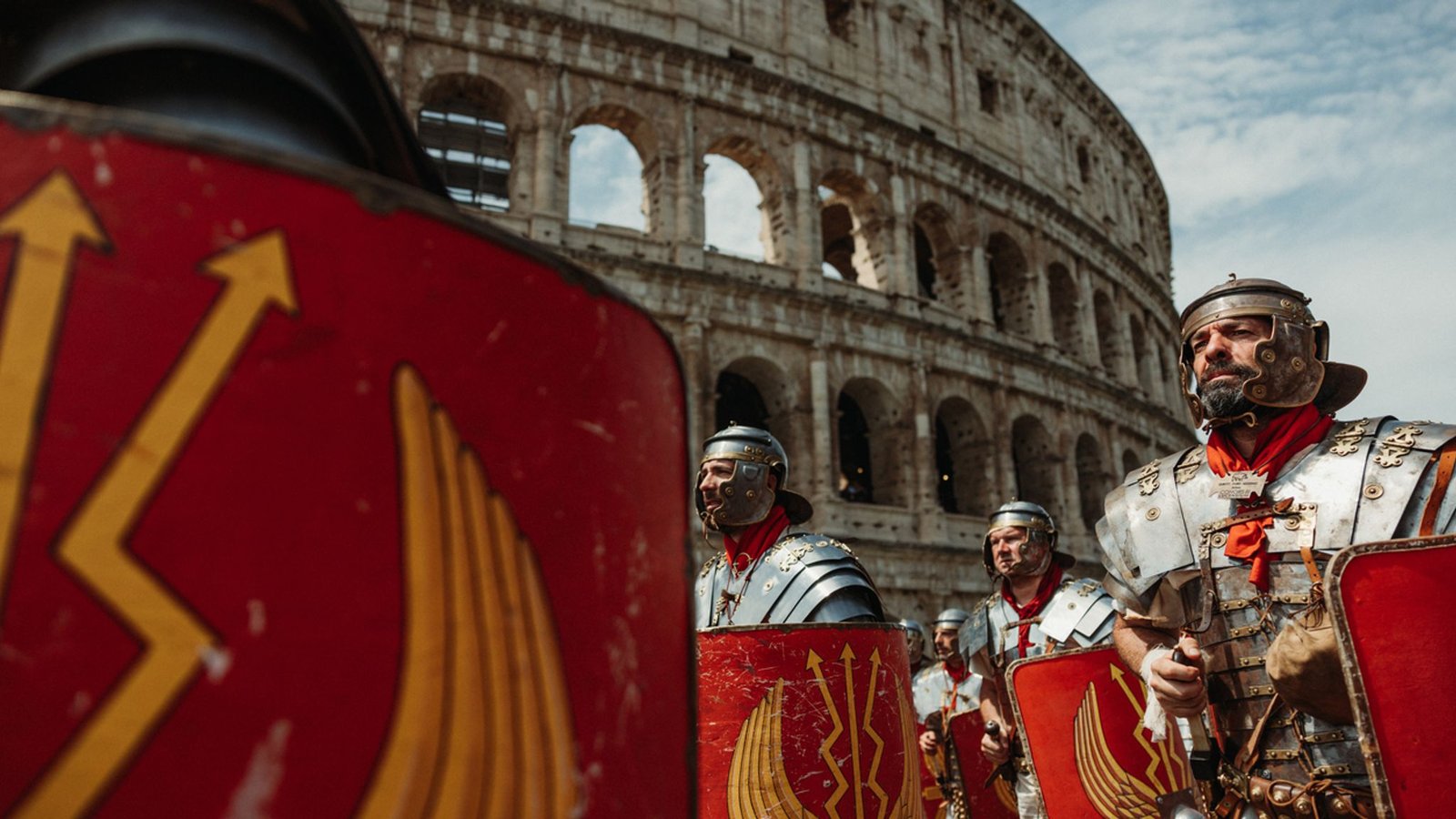Life Style
Exploring the Roman Empire Trend

In recent years, there has been a noticeable resurgence in the interest and influence of Roman Empire themes across various sectors of modern culture and academia. This “Roman Empire trend” is not merely a revival of interest in ancient history but a multifaceted phenomenon that permeates fashion, entertainment, literature, and political discourse. This article delves into the roots and manifestations of this trend, exploring its implications and the reasons behind its enduring appeal.
The Historical Legacy of the Roman Empire
To understand the Roman Empire trend, one must first appreciate the empire’s vast historical impact. The Roman Empire, at its zenith, was a sprawling civilization that exerted immense cultural, political, and military influence over the Mediterranean basin and beyond. Its legacy, encompassing law, language, architecture, and governance, has shaped Western civilization in profound ways. The fascination with Rome stems not only from its historical achievements and failures but also from the dramatic narratives of its leaders, battles, and societal shifts. These stories, rich in triumph and tragedy, continue to captivate the imagination, providing a fertile ground for modern reinterpretation and exploration.
The Roman Empire in Modern Entertainment
One of the most visible manifestations of the Roman Empire trend is in the realm of entertainment. Films, television series, and video games frequently draw upon Roman history and mythology, offering audiences a glimpse into the ancient world’s complexity and grandeur. Productions such as “Gladiator,” “Rome,” and the “Assassin’s Creed” series have achieved critical and commercial success, highlighting a widespread appetite for stories set against the backdrop of Roman power and politics. These works often blend historical facts with creative fiction, making the ancient world accessible and engaging to contemporary viewers while sparking interest in the historical realities behind the dramatizations.
Roman Aesthetics in Fashion and Design
The influence of Roman aesthetics can also be seen in modern fashion and design. High fashion collections occasionally draw inspiration from the togas, tunics, and sandals associated with Roman attire, reimagined for the modern runway. Architecture and interior design also reflect Roman influences, with columns, domes, and mosaics featuring in public buildings and private homes alike. This fascination with Roman design underscores a broader trend of classical revivalism, where ancient forms are celebrated for their beauty, symmetry, and sense of order.
The Role of Social Media and Digital Platforms
Social media and digital platforms have played a crucial role in popularizing the Roman Empire trend. Online communities dedicated to ancient history, archaeology, and classical literature have emerged as spaces for sharing knowledge, art, and opinions about the Roman world. Educational YouTube channels and podcasts offer in-depth analyses of Roman history, making the subject matter accessible to a global audience. These digital spaces not only facilitate the spread of information but also foster a sense of community among enthusiasts, creating a vibrant, interactive forum for exploring the past.
Educational Implications
The Roman Empire trend has significant educational implications, offering new opportunities for learning and engagement with history. Teachers and educators can leverage this trend by incorporating multimedia resources, historical fiction, and interactive experiences into their curricula. By connecting ancient history to contemporary interests, educators can make the study of the Roman Empire more relevant and exciting for students. Furthermore, the trend encourages a multidisciplinary approach to learning, where history, literature, art, and technology intersect, enriching students’ understanding of the past and its connection to the present.
Political and Ideological Dimensions
The Roman Empire trend also has political and ideological dimensions, with historical parallels often drawn in discussions of power, governance, and societal change. The rise and fall of Rome, in particular, serve as cautionary tales for modern societies, prompting reflection on issues such as leadership, civic responsibility, and the sustainability of empires. This aspect of the trend underscores the timeless relevance of Roman history, offering insights into the challenges and opportunities faced by contemporary civilizations.
Conclusion: The Timeless Appeal of the Roman Empire
The Roman Empire trend reflects a broader cultural and intellectual fascination with antiquity, highlighting the enduring appeal of Rome’s history, culture, and aesthetics. This resurgence of interest is not merely nostalgic but a dynamic exploration of the past’s relevance to modern issues and sensibilities. By engaging with the Roman Empire in diverse and creative ways, we continue to learn from its achievements and failures, drawing inspiration and cautionary lessons for the future.
As this trend continues to evolve, it will undoubtedly shape our understanding of the Roman Empire and its legacy, encouraging a deeper appreciation of how ancient history can inform and enrich our contemporary world. In this way, the Roman Empire trend is more than a fleeting fascination; it is a testament to the timeless human desire to connect with our past in order to better understand our present and envision our future.




















